توضیحات محصول
فالکون 15 استریل نوکلئازفری|Centrifuge Tubes 15ml Nuclease-Free
Centrifuge tubes are commonly used in molecular biology, biochemistry, and microbiology for a variety of applications. The 15ml nuclease-free centrifuge tubes are designed to be free of enzymes that can degrade nucleic acids, making them suitable for applications that require high-quality DNA or RNA.
Some common uses of 15ml nuclease-free centrifuge tubes include:
1. Sample preparation: Centrifuge tubes are used to hold samples during various sample preparation procedures, such as centrifugation, mixing, and storage.
2. DNA and RNA isolation: The nuclease-free nature of these tubes makes them ideal for isolating high-quality nucleic acids from biological samples.
3. Protein purification: Centrifuge tubes can also be used for protein purification, where they are used to hold samples during various purification steps, such as dialysis, ultrafiltration, and chromatography.
4. Cell culture: Centrifuge tubes are used to hold cell cultures during various procedures, such as cell separation, cell counting, and cell lysis.
5. Storage: Centrifuge tubes are also commonly used for storing biological samples, such as DNA, RNA, proteins, and cells. The nuclease-free nature of these tubes ensures that the stored samples remain intact and stable for long periods.
The main difference between RNase DNase-free centrifuge tubes and non-sterile centrifuge tubes is the absence or presence of RNase and DNase enzymes and sterility.
RNase DNase-free centrifuge tubes are treated to remove both RNase and DNase enzymes, which can degrade RNA and DNA, respectively. These tubes are commonly used in molecular biology applications where the presence of these enzymes can compromise the quality of nucleic acids. The RNase DNase-free centrifuge tubes are also typically sterile, which means they are free of any living microorganisms.
On the other hand, non-sterile centrifuge tubes are not treated to remove RNase and DNase enzymes, and they may not be sterile. These tubes are often used for general laboratory purposes, where the presence of RNase and DNase enzymes is not a concern. Non-sterile centrifuge tubes are not recommended for applications that require the preservation of nucleic acids or sterile conditions.
In summary, the main difference between RNase DNase-free centrifuge tubes and non-sterile centrifuge tubes is the absence or presence of RNase and DNase enzymes and sterility. RNase DNase-free centrifuge tubes are treated to remove these enzymes and are typically sterile, making them suitable for molecular biology applications, while non-sterile centrifuge tubes are not treated to remove these enzymes and may not be sterile, making them suitable for general laboratory purposes.
لولههای سانتریفیوژ ۱۵ میلی لیتری بدون نوکلئاز برای بسیاری از نیازهای بیولوژی مولکولی، بیوشیمی، و میکروبیولوژی کاربرد دارند. این لولهها به طوری طراحی شدهاند که بدون آنزیمهایی که ممکن است باعث تجزیه اسید های نوکلئیک شوند، مورد استفاده قرار بگیرند و برای برنامههایی که نیاز به دیانای یا آرانای با کیفیت بالا دارند، مناسب هستند.
برخی از کاربردهای رایج لولههای سانتریفیوژ ۱۵ میلی لیتری بدون نوکلئاز شامل موارد زیر میشود:
۱. آمادهسازی نمونه: لولههای سانتریفیوژ برای نگهداری نمونهها در طی مراحل مختلف آمادهسازی نمونه مانند سانتریفیوژ، مخلوط کردن، و نگهداری استفاده میشوند.
۲. جداسازی دیانای و آرانای: ویژگی بدون نوکلئاز این لولهها باعث میشود که برای جداسازی دیانای و آرانای با کیفیت بالا از نمونههای بیولوژیکی، مناسب باشند.
۳. تصفیه پروتئین: لولههای سانتریفیوژ میتوانند برای تصفیه پروتئینها استفاده شوند؛ در این مورد نمونهها در طی مراحل مختلف تصفیه مانند دیالیز، الیاف فرابرد، و کروماتوگرافی درون لولهها قرار میگیرند.
۴. کشت سلول: لولههای سانتریفیوژ برای نگهداری کشت سلولها در طول مراحل مختلفی مانند جداسازی سلول، شمارش سلول، و لیز سلول استفاده میشوند.
۵. نگهداری: لولههای سانتریفیوژ به طور رایج برای نگهداری نمونههای بیولوژیکی مانند دیانای، آرانای، پروتئینها، و سلولها استفاده میشوند. این صفت بدون نوکلئاز این لولهها باعث میشود که نمونههای ذخیره شده برای مدت زمان طولانی باقی بمانند و پایدار باشند.
تفاوت اصلی بین لولههای سانتریفیوژ RNase DNase-free و لولههای سانتریفیوژ غیر استریل یا non-sterile، عدم یا وجود آنزیمهای RNase و DNase و استریل بودن است.
لولههای سانتریفیوژ RNase DNase-free با حذف آنزیمهای RNase و DNase، برای حفظ کیفیت DNA و RNA به کار میروند. این لولهها در برنامههای بیولوژی مولکولی استفاده میشوند که حضور این آنزیمها میتواند کیفیت اسیدهای نوکلئیک را به خطر بیندازد. همچنین لولههای سانتریفیوژ RNase DNase-free به طور معمول استریل هستند و بدون میکروارگانیسم هستند.
از سوی دیگر، لولههای سانتریفیوژ غیر استریل برای حفظ کیفیت DNA و RNA یا شرایط استریل معمولاً به کار نمیروند. این لولهها برای مصارف عمومی در آزمایشگاه استفاده میشوند که حضور آنزیمهای RNase و DNase مشکلی ندارد. برای برنامههایی که نیاز به حفظ اسیدهای نوکلئیک و یا شرایط استریل دارند، لولههای سانتریفیوژ غیر استریل توصیه نمیشوند.
به طور خلاصه، تفاوت اصلی بین لولههای سانتریفیوژ RNase DNase-free و لولههای سانتریفیوژ غیر استریل، عدم یا وجود آنزیمهای RNase و DNase و استریل بودن است. لولههای سانتریفیوژ RNase DNase-free با حذف این آنزیمها و استریل بودن به کار میروند، در حالی که لولههای سانتریفیوژ غیر استریل برای مصارف عمومی در آزمایشگاه استفاده میشوند.
بررسی تخصصی
سایر ویژگیها
بسته مورد نظر را انتخاب کنید

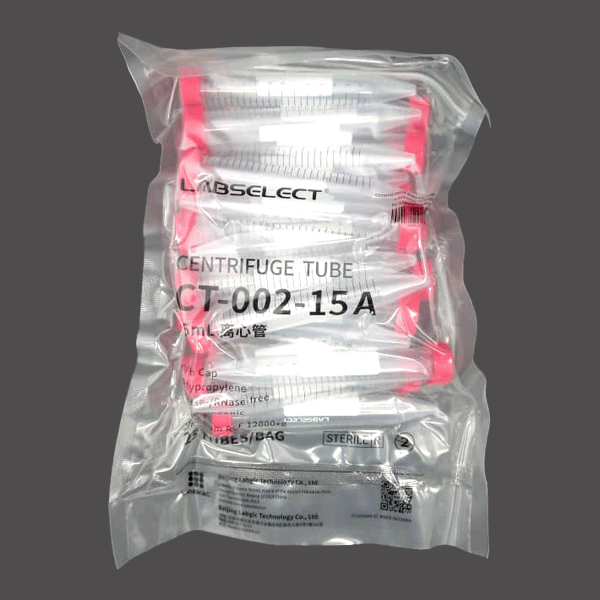





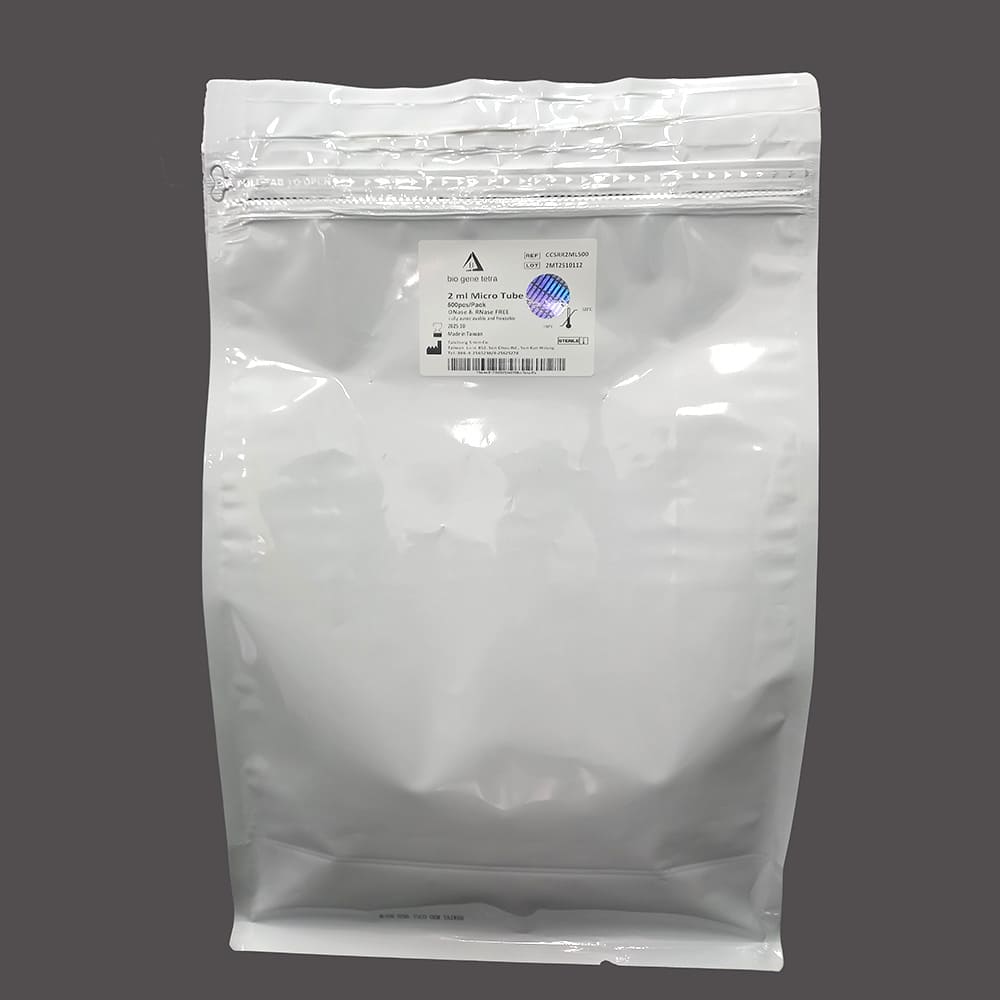
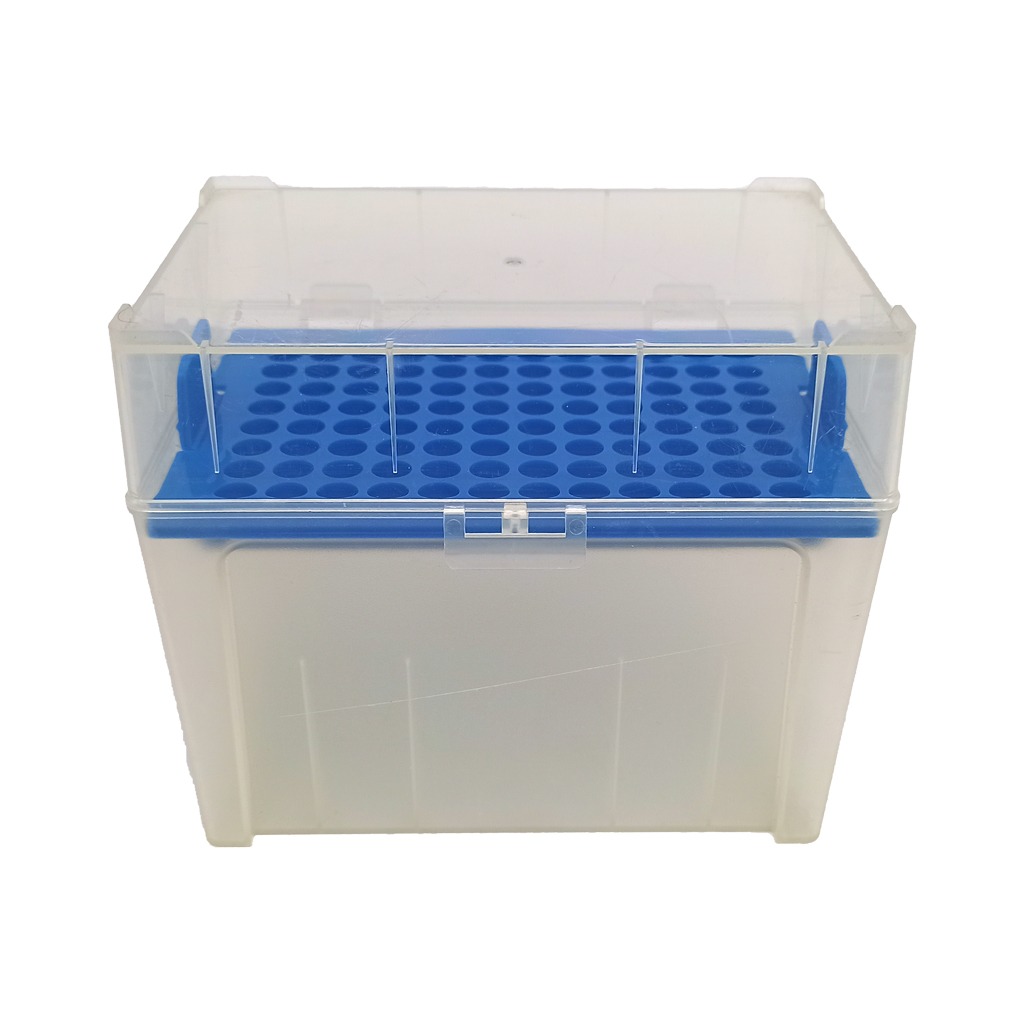
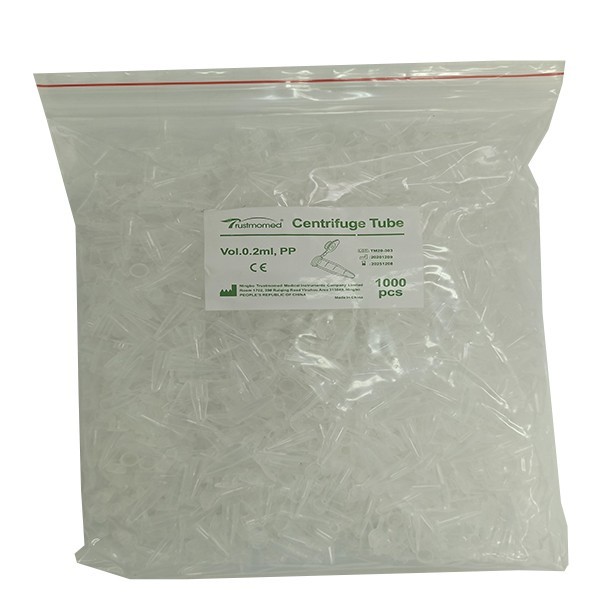
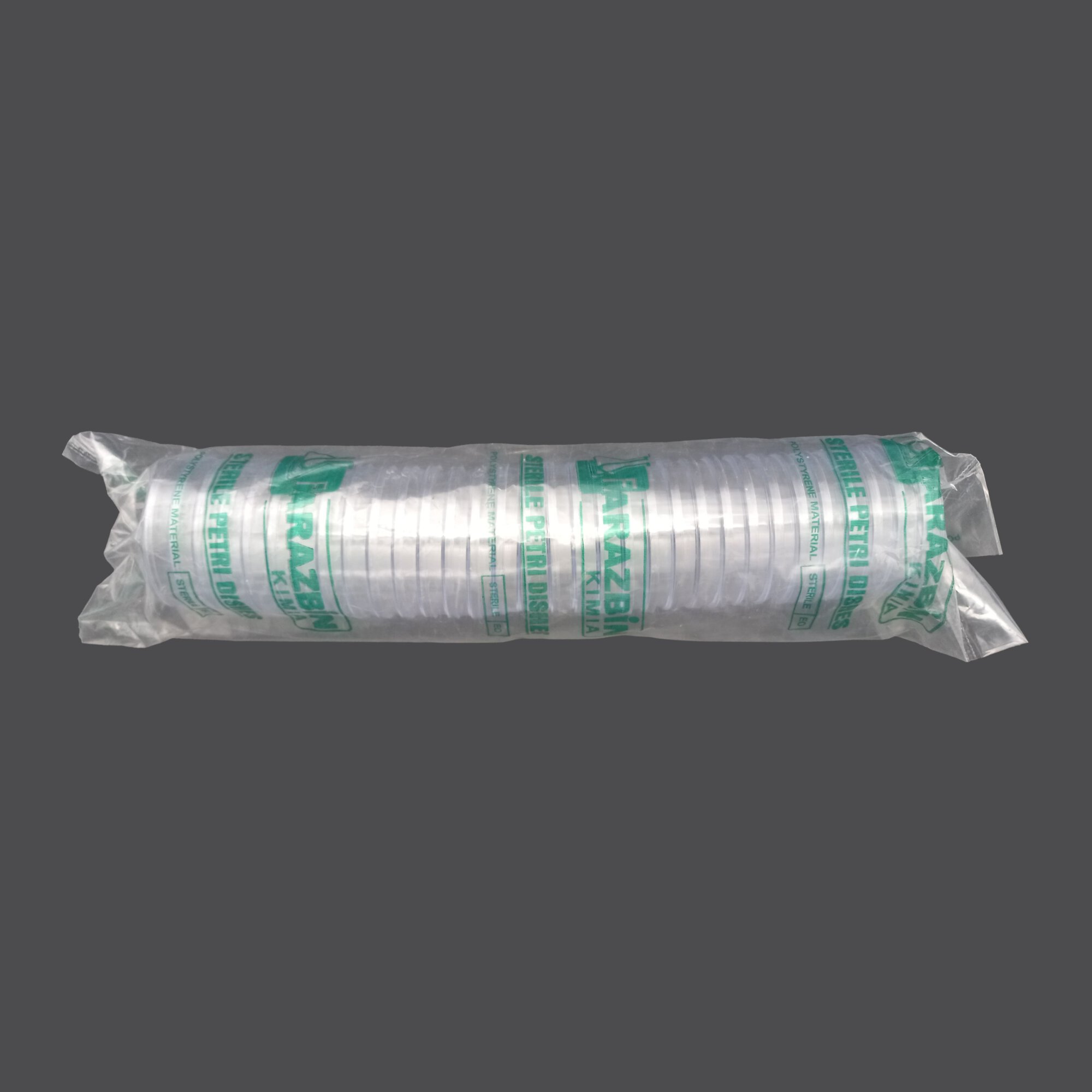
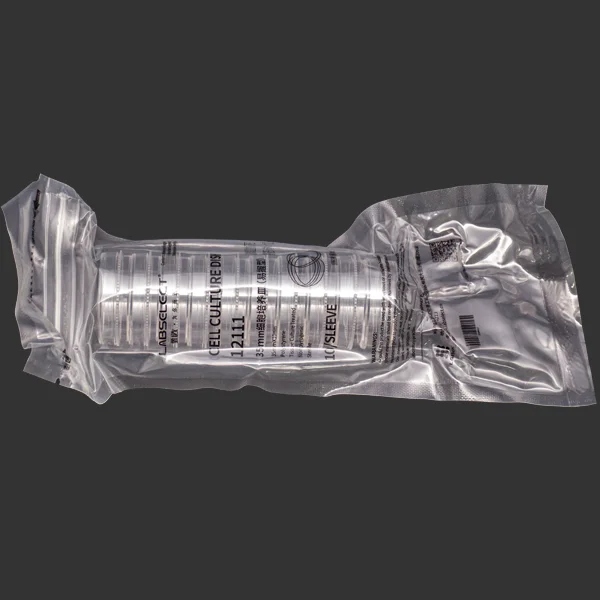
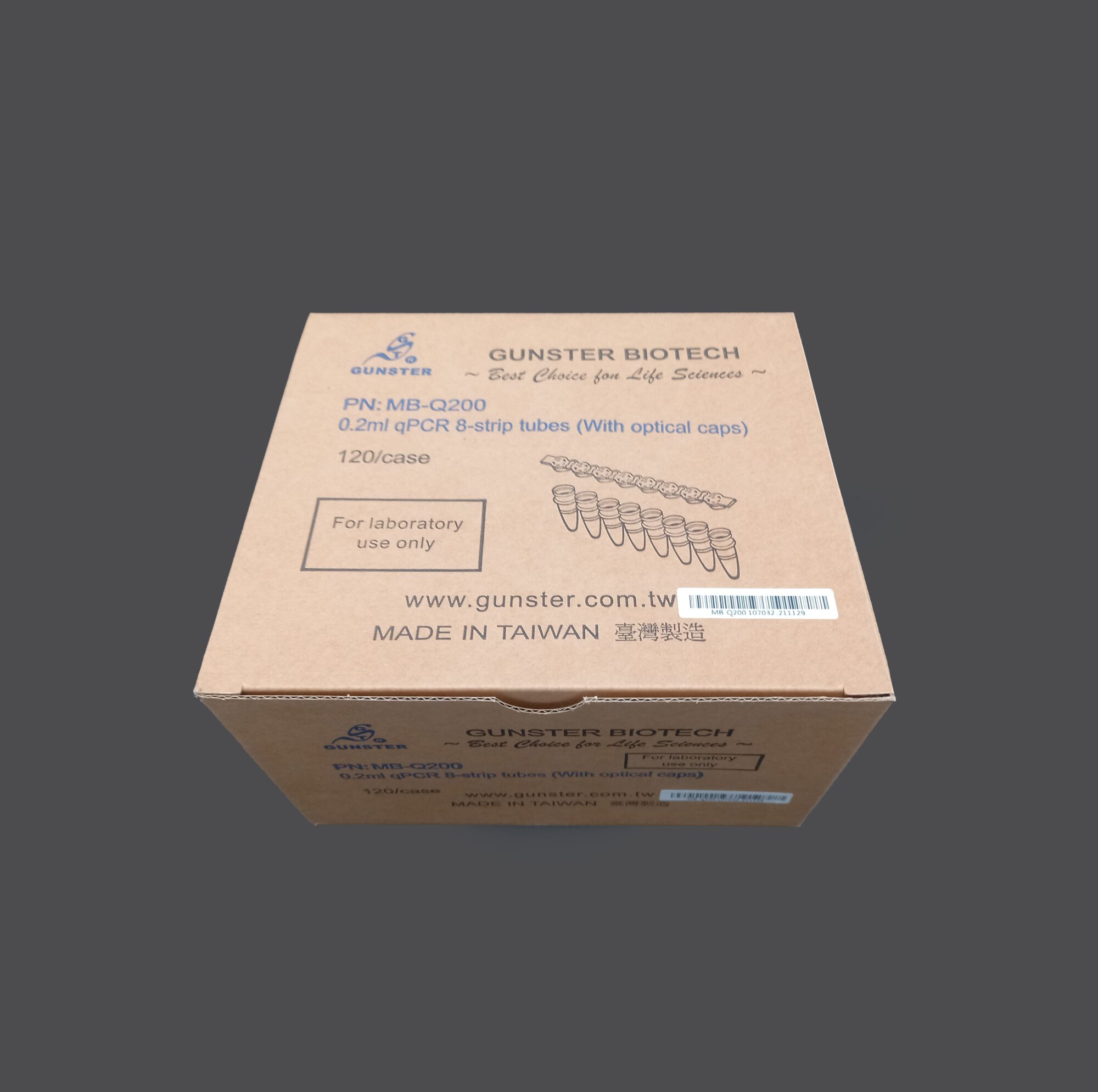

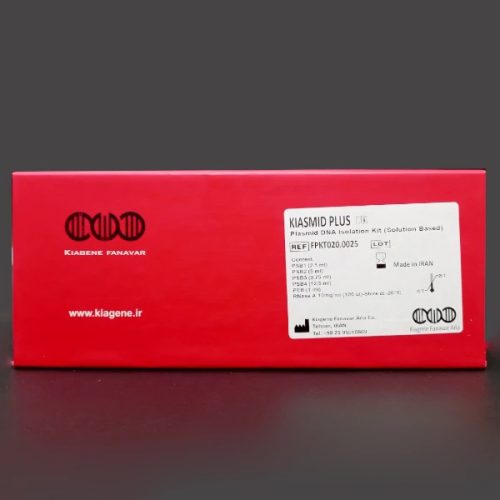 کیت استخراج پلازمید | Plasmid DNA Isolation solution based kit - 100
کیت استخراج پلازمید | Plasmid DNA Isolation solution based kit - 100 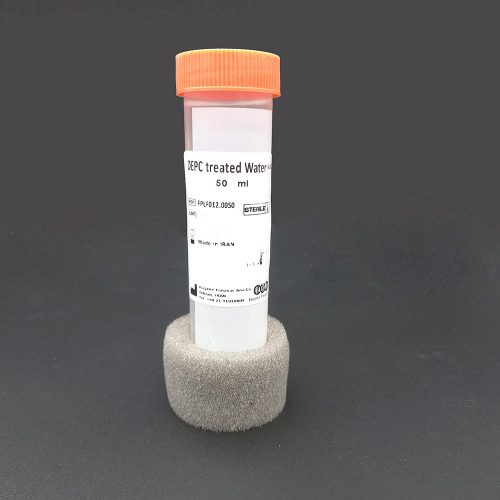 آب عاری از نوکلئاز تیمار شده با دپسی|Nuclease Free Water-DEPC-Treated Water - 50
آب عاری از نوکلئاز تیمار شده با دپسی|Nuclease Free Water-DEPC-Treated Water - 50 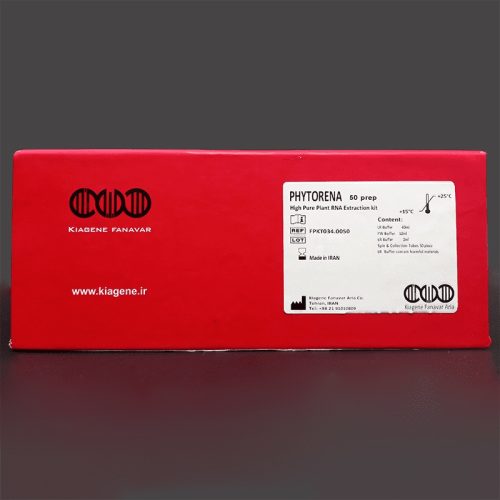 کیت استخراج RNA از گیاه|Plant RNA isolation kit - 25
کیت استخراج RNA از گیاه|Plant RNA isolation kit - 25 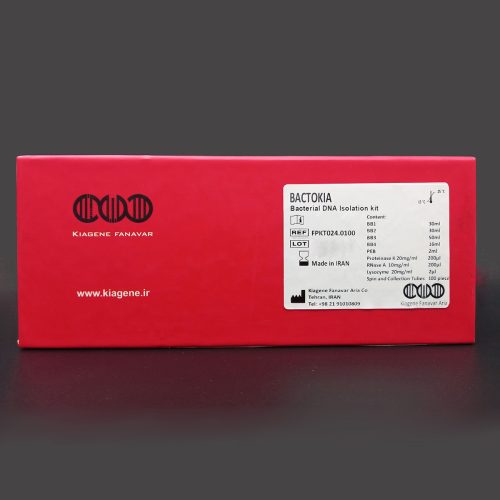 کیت استخراج DNA از باکتری | Bacterial DNA Isolation kit - 50
کیت استخراج DNA از باکتری | Bacterial DNA Isolation kit - 50
علی –
با کیفیت